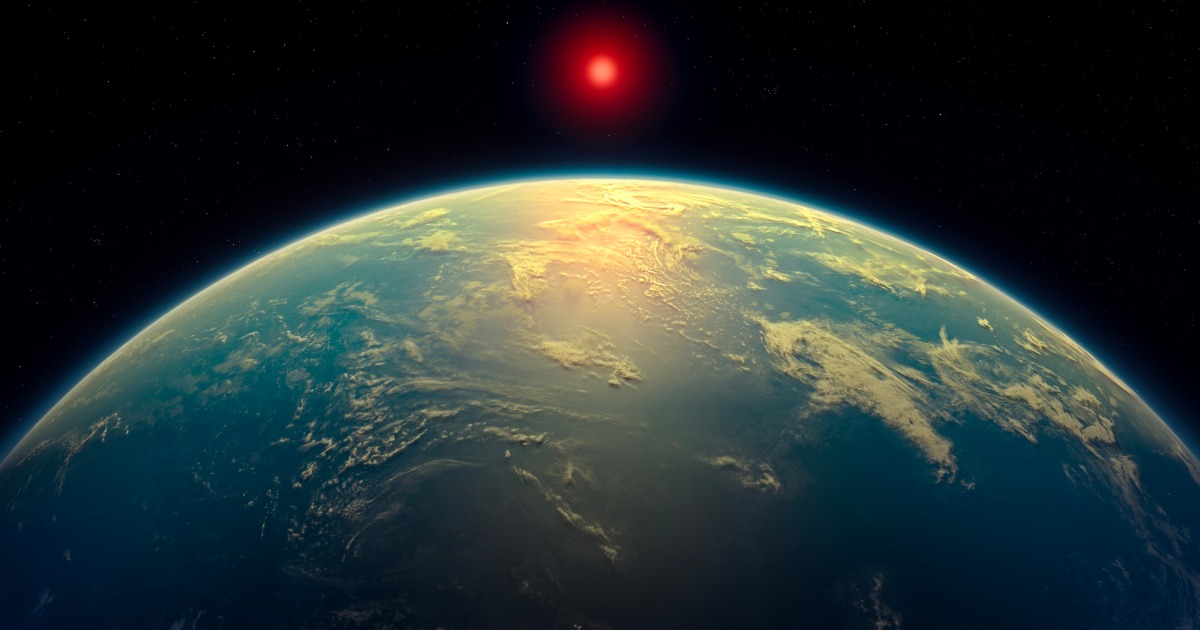
High-altitude Balloons
High-altitude balloons are unmanned balloons that are designed to operate at altitudes above 18 km. These balloons are used for various purposes such as scientific research, atmospheric monitoring, and telecommunications. High-altitude balloons are typically made of lightweight materials such as polyethylene or polyester film, and are filled with helium or hydrogen gas. They are equipped with various instruments such as cameras, sensors, and communication systems to collect data and transmit it back to the ground. High-altitude balloons are an important tool for studying the Earth's atmosphere, climate, and weather patterns, as well as for testing new technologies and conducting experiments in microgravity conditions.
Your Previous Searches
Random Picks
- Satellite Networks: Satellite networks refer to a group of artificial satellites that are designed to work together to provide various services such as communication, navigation, remote sensing, and scientific research. These satellites are placed in different ... Read More >>
- Spacecraft Component Health Monitoring: Spacecraft Component Health Monitoring refers to the process of continuously monitoring the health and performance of various components of a spacecraft, such as engines, power systems, communication systems, and scientific instruments, to ... Read More >>
- Gravitational Assists: Gravitational assist, also known as a gravity assist, is a spaceflight maneuver that uses the gravity of a planet or other celestial body to alter the trajectory and speed of a spacecraft. The spacecraft approaches the planet in a way that ... Read More >>
Top News

This week on "Sunday Morning" (April 20)...
A look at the features for this week's broadcast of the Emmy-winning program, hosted by Jane Pauley....
News Source: CBS News on 2025-04-17

Scientists detect strongest hints yet of life on a distant planet...
Scientists have detected unique chemical patterns similar to those produced by the Earth's algae and seaweed — raising the possibility of the presence of a warm ocean, perhaps teeming with life, on ...
News Source: NBC News on 2025-04-17

Is there life on another planet? Scientists find the strongest evidence yet...
Near a planet far, far away astronomers have found traces of chemicals that on Earth are only produced by living beings....
News Source: Al Jazeera English on 2025-04-17

Scientists find strongest evidence yet of life on an alien planet | CNN...
In a potential landmark discovery, scientists using the James Webb Space Telescope have obtained what they call the strongest signs yet of possible life beyond our solar system, detecting in an alien ...
News Source: CNN on 2025-04-17
Katy Perry's trip to space wasn't inspirational. It was tone-deaf marketing....
Katy Perry indulged in a space tourism trip Monday, courtesy of Jeff Bezos' company. It's the latest in a long line of missteps for the singer....
News Source: Business Insider on 2025-04-14